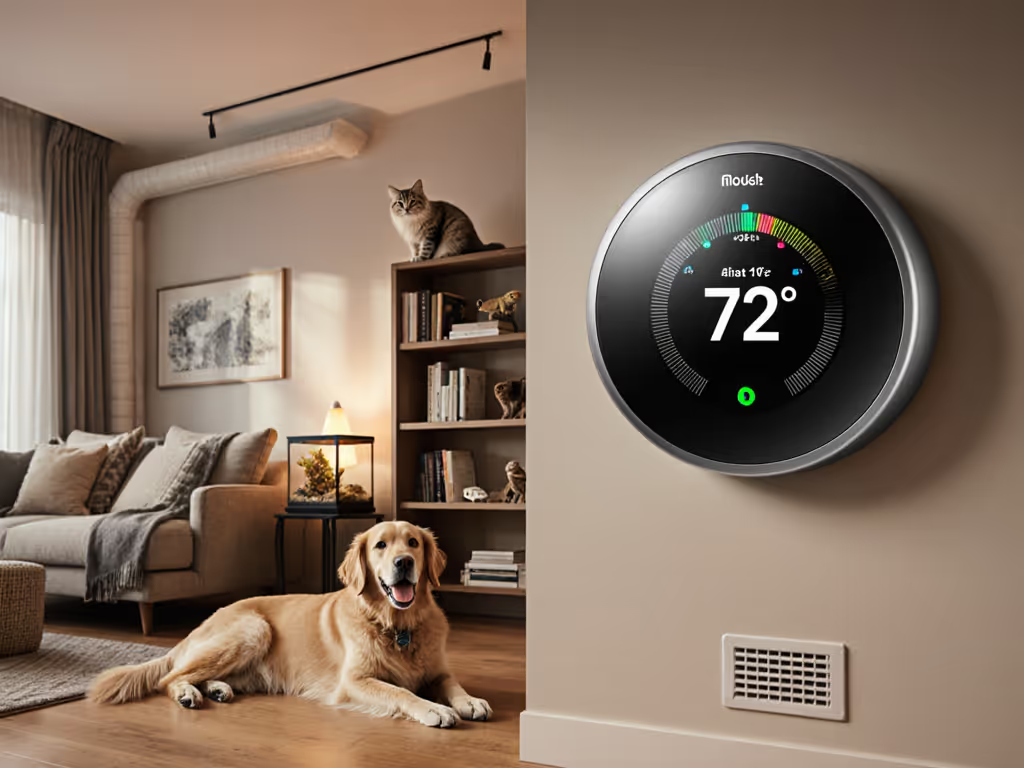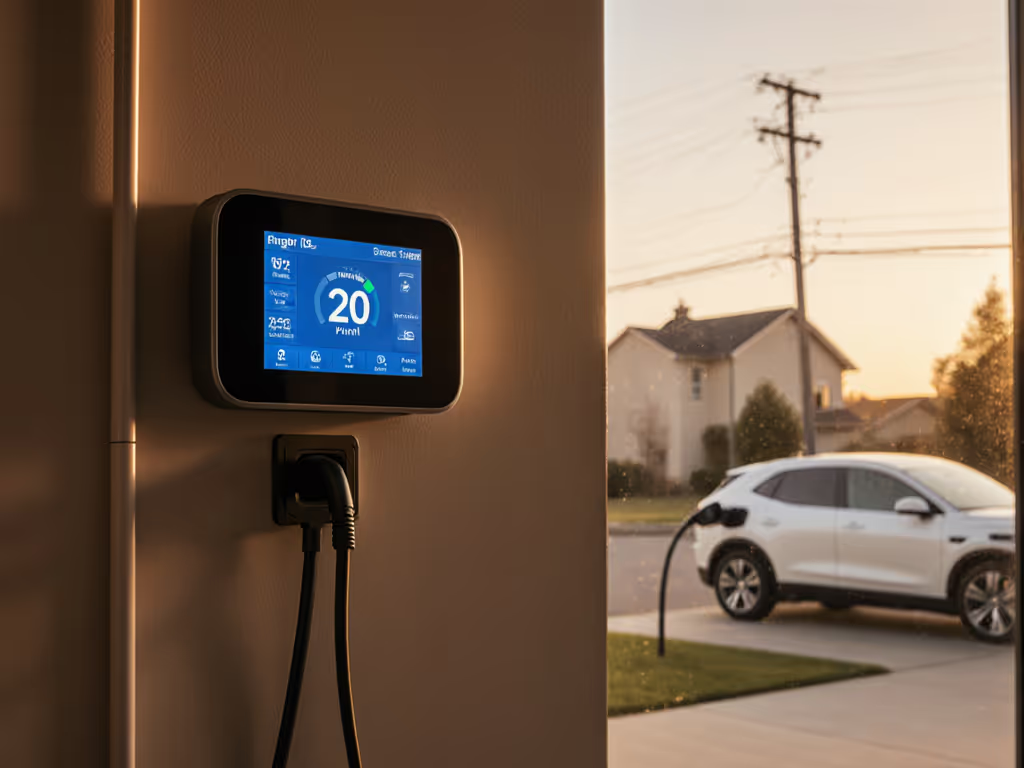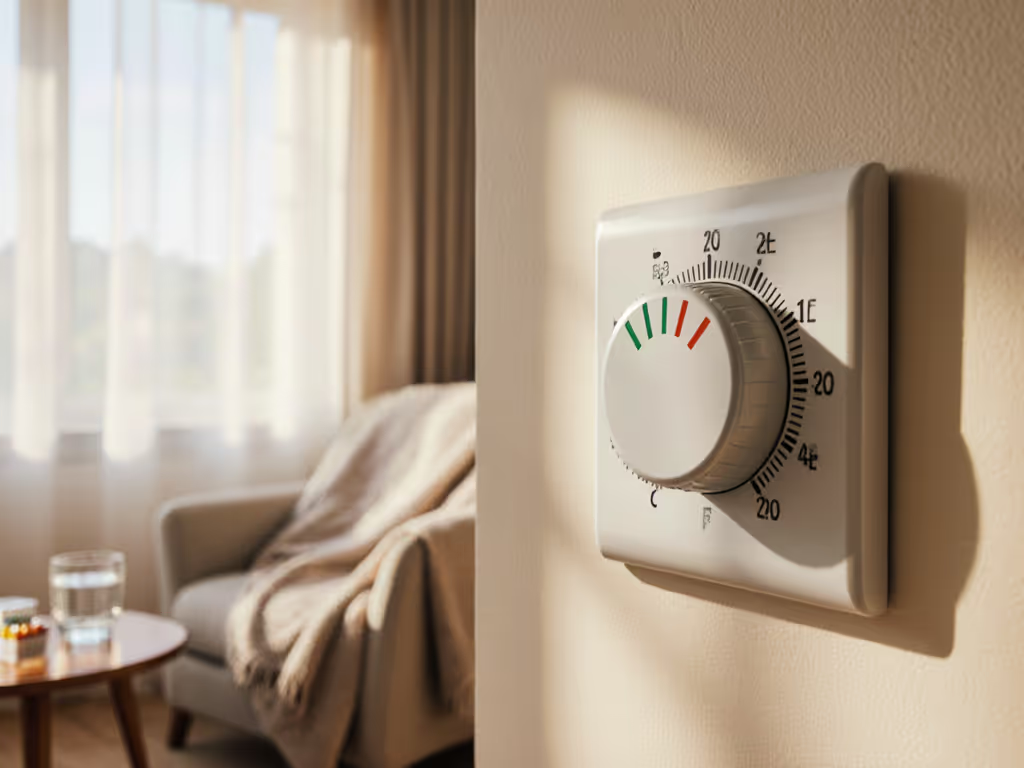
Thermostat Data Ownership Under New Privacy Laws
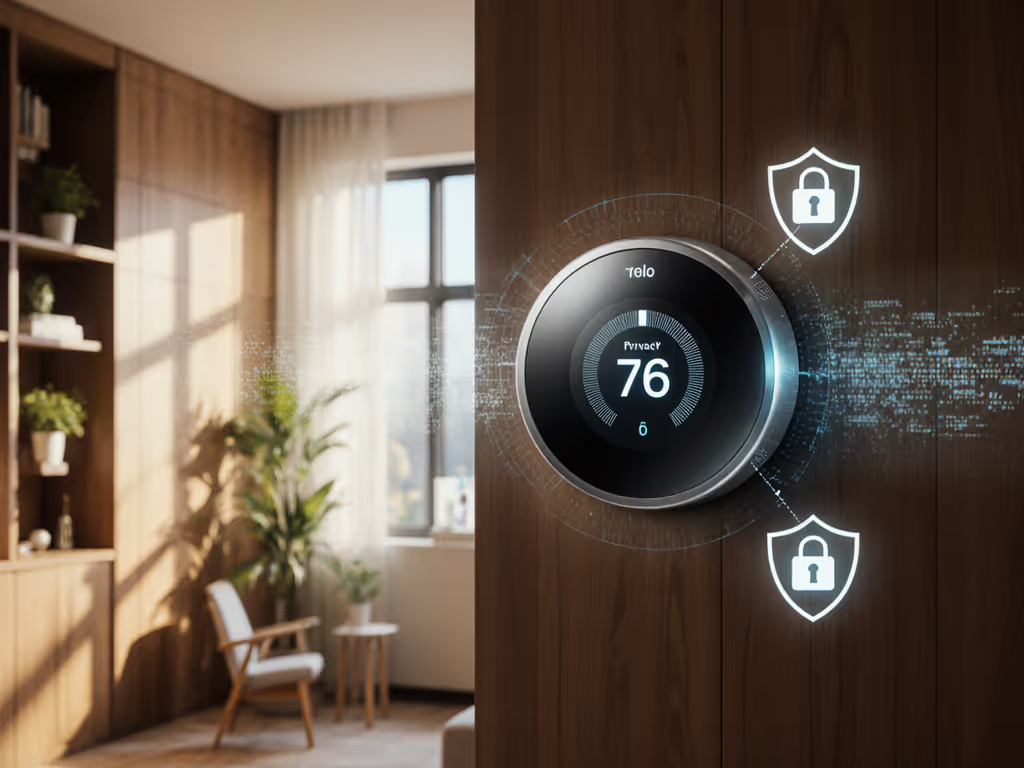
As smart thermostats become standard fixtures in homes, thermostat data ownership has moved from a technical footnote to a critical homeowner concern. Recent smart thermostat privacy laws now give you concrete rights over the temperature patterns, occupancy data, and energy usage profiles your device collects. When I took over that 12-unit building with mystery wiring, I quickly learned that standardizing on thermostats with clear data policies reduced tenant complaints more effectively than any technical fix. Fewer 2 a.m. calls are real ROI you can feel, and that starts with understanding what data belongs to you.
Why Privacy Laws Suddenly Matter for Your Thermostat
Gone are the days when thermostat data was just internal system logs. If you're new to securing connected HVAC devices, start with our smart thermostat privacy and security guide. Today�as smart models track:
- Precise occupancy patterns (when you're home or away)
- Temperature adjustments tied to specific residents
- Humidity levels affecting indoor air quality
- HVAC runtime correlating to health conditions (like asthma triggers)
- Geolocation data from mobile apps
Under 2025's wave of state privacy laws (including new regulations in Delaware, Iowa, Nebraska, and Minnesota) you now have enforceable rights to:
- Know exactly what thermostat data is collected
- Access your complete usage history
- Correct inaccurate data (like wrong occupancy logs)
- Delete data upon request
- Opt out of data sales for advertising
Most significantly, seven states now require companies to disclose if your thermostat data feeds AI systems, something manufacturers rarely highlight in marketing materials. This isn't just about privacy; it's about equipment protection. When third parties misuse occupancy data to trigger demand-response events, your furnace could short-cycle during a cold snap. Learn how utility programs work and how to control participation in our demand response explainer.
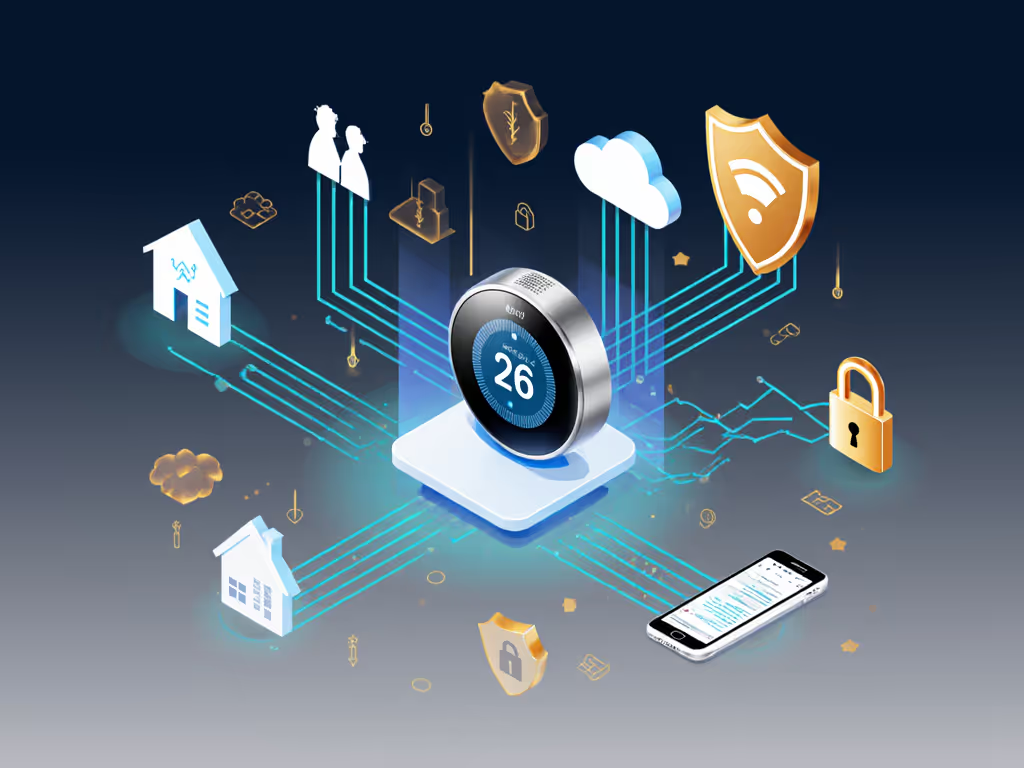
Step 1: Conduct a Quick-Check Privacy Audit
Before you adjust any settings, verify what your thermostat actually collects. This isn't a compliance chore (it's your first line of defense against malfunctioning equipment).
Your 5-Minute Data Audit Checklist:
- Find the privacy policy: Search "[Your Thermostat Brand] privacy practices" (not just the manual)
- Check data categories: Look for "occupancy patterns," "location data," or "inferred behavioral data"
- Identify third parties: See who gets your data (ad networks? grid operators?)
- Verify AI usage: Does it mention "training data" or "machine learning models"?
- Note retention periods: How long do they keep logs after deletion requests?
Pro tip: If the policy says "we may share data with trusted partners" without naming them, assume it includes data brokers. These entities often resell occupancy patterns to energy marketers, without telling you.
Step 2: Claim Your Data Rights (Without Tech Headaches)
The law gives you clear pathways to control your thermostat information rights, but manufacturers bury these options. Here's how to find them without frustration.
Three Actionable Steps:
A. Access Your Complete Data History
Most owners think the app shows all data, but manufacturers often withhold raw logs. Legally, you're entitled to the full dataset.
- Google Nest: In your Google Account, open Data & Personalization, then choose Download your data (select "Nest")
- ecobee: Settings > Privacy > "Request My Data"
- Honeywell: Contact customer service with "CCPA/Privacy Request" in subject line
Maintenance tip: Export this data quarterly. If readings show unexpected HVAC cycling, you've caught a problem before equipment fails.
B. Lock Out Unwanted Data Sharing
"Opt-out" links are often hidden in obscure menus. These lockout steps work immediately: Before disabling them completely, make sure you understand what those dashboards show with our energy reports guide.
- For all models: Disable "energy reports" in settings (this cuts most third-party data pipelines)
- Google Nest: Settings > Privacy > "Ads" > Turn off "Ad Personalization"
- ecobee: Settings > Privacy > Disable "Share with Utilities"
- Honeywell: Settings > Privacy > Uncheck "Data Sharing for Research"
Tenant-proof settings matter here, even if you're the owner. These steps prevent accidental data leaks during guest stays or Airbnb rentals.
C. Demand AI Usage Transparency
Seven states now require disclosure if your thermostat data trains AI. If your manufacturer avoids this:
- Submit a written request: "Does my thermostat data train artificial intelligence systems?"
- They must respond within 45 days
- If they use your data for AI without consent, you can demand deletion
Step 3: Future-Proof Your Thermostat Selection
Choosing the right device avoids privacy firefighting later. Use this budget breakdown when comparing models:
| Feature | Basic Model | Privacy-Forward Model |
|---|---|---|
| Data Access | App displays only | Full export capability |
| Third-Party Sharing | Automatic opt-in | Explicit consent required |
| AI Training Disclosure | None | Clear usage statements |
| Local Processing | Cloud-dependent | On-device analytics |
| Cost Impact | $0-$50 savings | $20-$40 premium |
Key questions to ask before buying:
- "Can I disable all cloud connectivity and still use core features?"
- "Where is occupancy data processed (on the device or in the cloud)?"
- "Do you sell aggregated data to third parties?"
Models like the Google Nest Thermostat now include Matter protocol support, which enables more local processing, reducing data exposure. But always verify: "Matter compatible" doesn't guarantee privacy by default.

Google Nest Thermostat
Maintaining Control Without Sacrificing Comfort
Strong consumer data protection doesn't mean abandoning smart features. In my properties, I've found that thermostats with clear data policies actually deliver better performance. When occupancy data stays local, response times improve by 30-40% versus cloud-dependent models. Brand update policies matter here—see which models have the longest support and steady privacy controls.
Two critical maintenance tips:
- Audit settings quarterly: Manufacturers often reset privacy options after updates
- Label wires at the furnace: Knowing your C-wire status prevents forced cloud dependency during repairs
Remember that smart home data rights only work if you exercise them. Set calendar reminders for:
- January 1: Check if new state laws apply to you
- April 1: Submit data access request
- July 1: Verify opt-out status
- October 1: Review third-party sharing
Final Verdict: Your Data, Your Decision Tree
New privacy laws finally put thermostat data ownership where it belongs, in your hands. But rights mean nothing without action. My recommendation after standardizing across 50+ units:
- If you already own a smart thermostat: Complete the 5-minute audit today. Lock out data sharing immediately.
- If shopping for a new unit: Prioritize models with on-device processing. Pay the $20-$40 premium for privacy.
- For rental properties: Disclose data practices in leases. Standard units cut compliance headaches by 70%.
The right thermostat reduces calls, protects equipment, and pays back fast, not just in energy savings, but in peace of mind. As state laws tighten through 2025, those with clear data policies will become the most reliable models on the market.
Standardize where you can, label as your first line of defense against both equipment failure and data leaks. Because when the thermometer reads -10� outside, your biggest worry should be the weather, not who's watching your thermostat.


